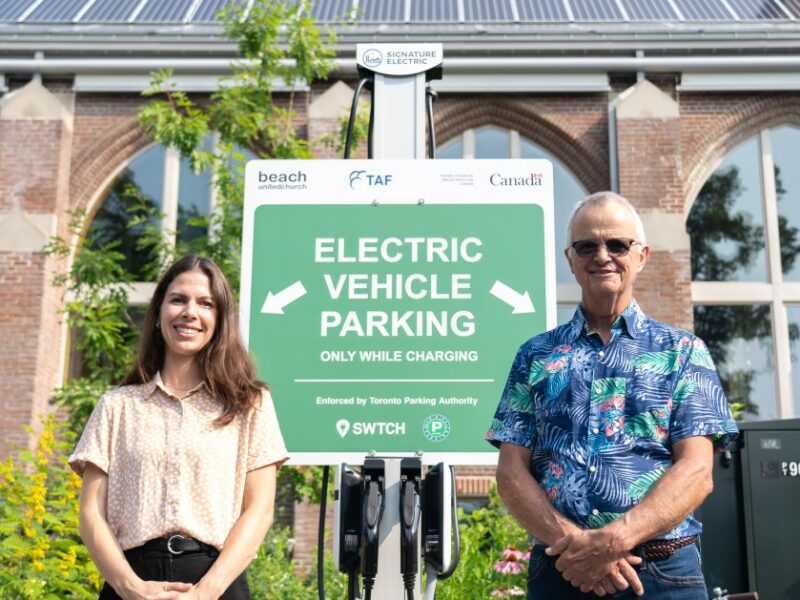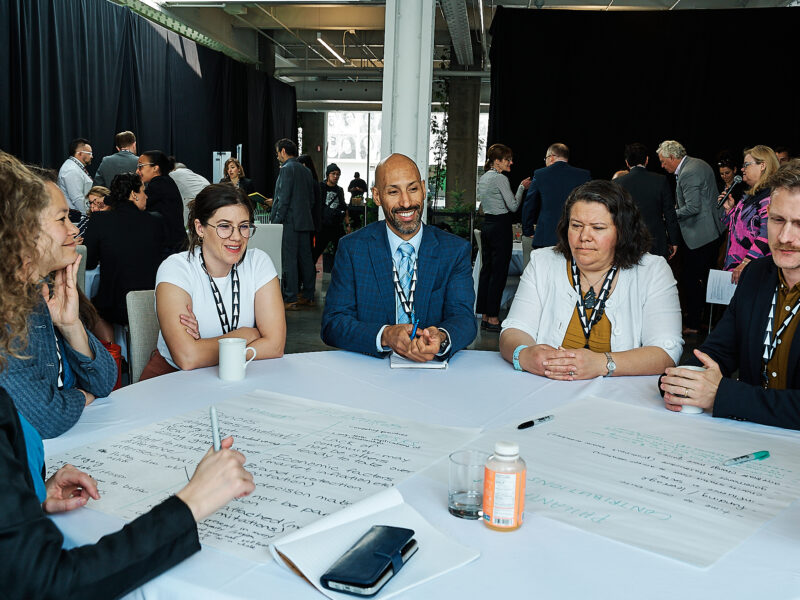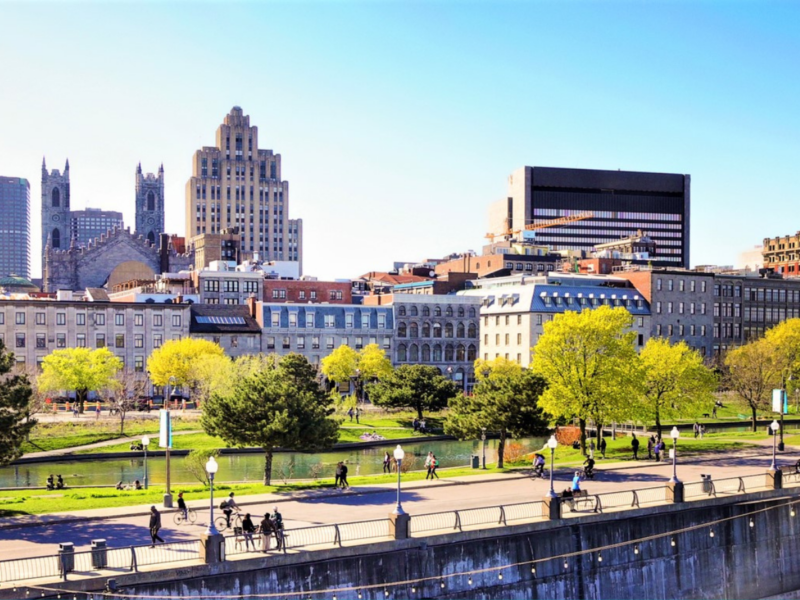Décembre 2023
Cette année, la LC3 a lancé une mesure d’équité pour évaluer comment l’équité est intégrée dans les nouvelles subventions, les programmes et les investissements directs du réseau. Cet article de blogue présente des principales hypothèses, des informations sur la mesure de l’équité, des exemples d’action climatique locale équitable, des réflexions sur l’urgence, et plus encore.
Articles
Rendre la recharge des véhicules électriques (VE) accessible aux résidents d’immeubles à logements multiples
Octobre 2023
La recharge des VE à domicile offre de nombreux avantages, mais de nombreux résidents d’immeubles résidentiels à logements multiples n’y ont pas accès. Le centre LC3 The Atmospheric Fund (TAF) s’attaque à ce problème sous différents angles, notamment en créant un fonds pour les bornes de recharge VE dans la région du Grand Toronto et de Hamilton. Lisez l’histoire complète aujourd’hui.
Réduction des émissions intrinsèques : initiative de la région métropolitaine de Vancouver
Septembre 2023
De la formation sur les techniques de construction aux ressources sur les matériaux de construction à faible émission de carbone, Metro Vancouver Zero Emissions Innovation Centre (ZEIC) et ZEBx ouvrent la voie à la réduction des émissions intrinsèques dans la région métropolitaine de Vancouver. Ce programme incitatif innovant vise à réduire de 40 % le carbone intrinsèque dans les maisons construites. Renseignez-vous dès aujourd’hui.
Les réalisations de la LC3 soulignés dans le rapport annuel 2022-23 du Fonds municipal vert (FMV)
Le 26 septembre 2023 – Le rapport annuel du Fonds Municipal Vert met en lumière : comment nous travaillons ensemble en tant que réseau, le total de nos subventions et investissements en 2022-23, des initiatives locales sur le climat et l’équité, les prochaines priorités, une étude de cas sur une initiative visant à réduire le carbone intrinsèque dans la construction de bâtiments et des détails sur les impacts des projets et initiatives LC3 à ce jour. Découvrez les progrès du réseau.
Formation pour les rénovations en profondeur et le renforcement des capacités pour les Afro-Néo-Écossais
Août 2023
HCi3 a accordé un financement à un partenariat communautaire. Ce projet pilote par O.N.E. Community Economic Development Society et ReCover Initiative vise à relever deux défis qui se recoupent : un déficit systémique d’emploi auquel est confrontée la communauté Afro-Néo-Écossaise et la nécessité d’augmenter rapidement les rénovations énergétiques en profondeur.
Pouvons-nous accélérer l’action climatique urbaine grâce à une meilleure collaboration?
Juillet 2023
La collaboration était au cœur des discussions au Sommet Climat Montréal. Mais quelles solutions climatiques seraient bien adaptés à l’approche collaborative? En voici cinq.
Tirer profit de l’ingéniosité des constructeurs d’habitations pour réduire les émissions de carbone intrinsèque
Juin 2023
Le Zero Emissions Innovation Centre (ZEIC), le centre LC3 du district régional du Grand Vancouver, a lancé un programme innovant visant à réduire de 40 % le carbone intrinsèque dans les nouvelles constructions d’habitations, ce qui coïncide avec l’objectif de la Ville de Vancouver de réduire les émissions intrinsèques de 40 % d’ici 2030. Découvrez comment ZEIC et ZEBx recueillent l’expertise de collaborateurs et de chercheurs pour réduire les émissions de carbone incorporées en Colombie-Britannique.
Montréal, le 9 mai 2023 – À l’occasion du Sommet Climat Montréal 2023, la Ligue des communautés canadiennes sobres en carbone (LC3) annonce un soutien philanthropique majeur de la Fondation McConnell et de la Fondation familiale Trottier, deux fondations philanthropiques canadiennes de premier plan, pour un montant total de 12 millions de dollars.







